| Columns Retired Columns & Blogs |
Tom Jung of DMP: Making Musical Sense Part 2
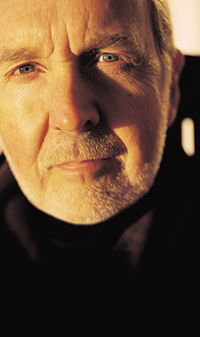
Tue, 06/01/2004
- Read more about Tom Jung of DMP: Making Musical Sense Part 2
- Log in or register to post comments
Tom Jung of DMP: Making Musical Sense
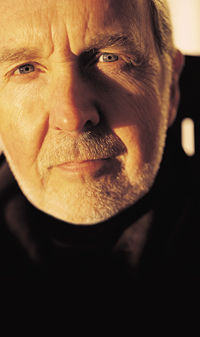
Tue, 06/01/2004
- Read more about Tom Jung of DMP: Making Musical Sense
- Log in or register to post comments
Placette Audio Remote Volume Control passive preamplifier Brian Damkroger, January 2006
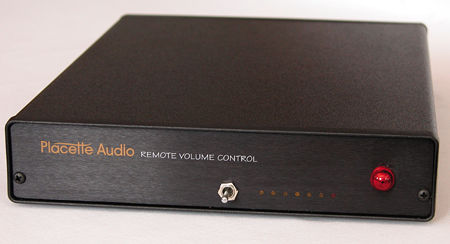
Tue, 06/01/2004
Placette Audio Remote Volume Control passive preamplifier Specifications
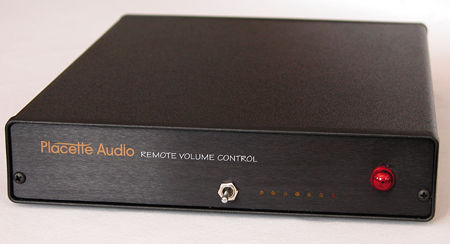
Tue, 06/01/2004
Placette Audio Remote Volume Control passive preamplifier
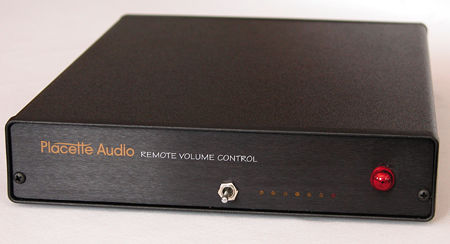
Tue, 06/01/2004
- Read more about Placette Audio Remote Volume Control passive preamplifier
- Log in or register to post comments
Audio Note M2 Balanced Phono preamplifier Measurements
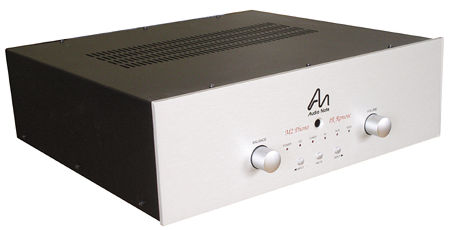
Tue, 06/01/2004
- Read more about Audio Note M2 Balanced Phono preamplifier Measurements
- Log in or register to post comments
Audio Note M2 Balanced Phono preamplifier Associated Equipment
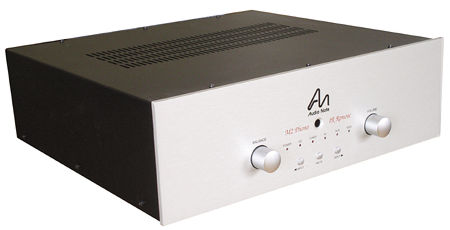
Tue, 06/01/2004
Audio Note M2 Balanced Phono preamplifier Specifications
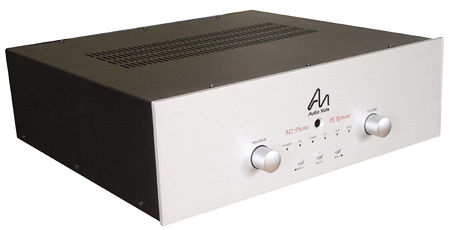
Tue, 06/01/2004
- Read more about Audio Note M2 Balanced Phono preamplifier Specifications
- Log in or register to post comments
Audio Note M2 Balanced Phono preamplifier Page 2
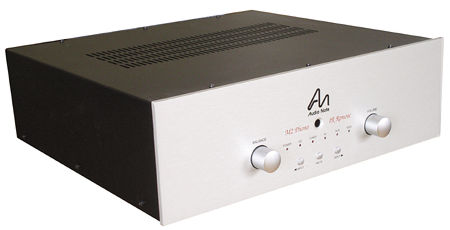
Tue, 06/01/2004
- Read more about Audio Note M2 Balanced Phono preamplifier Page 2
- Log in or register to post comments
Audio Note M2 Balanced Phono preamplifier
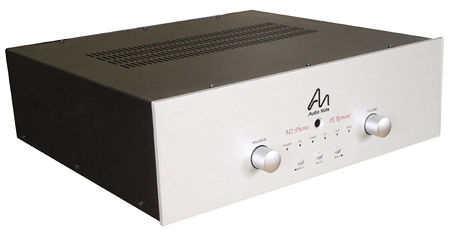
Tue, 06/01/2004
- Read more about Audio Note M2 Balanced Phono preamplifier
- Log in or register to post comments




